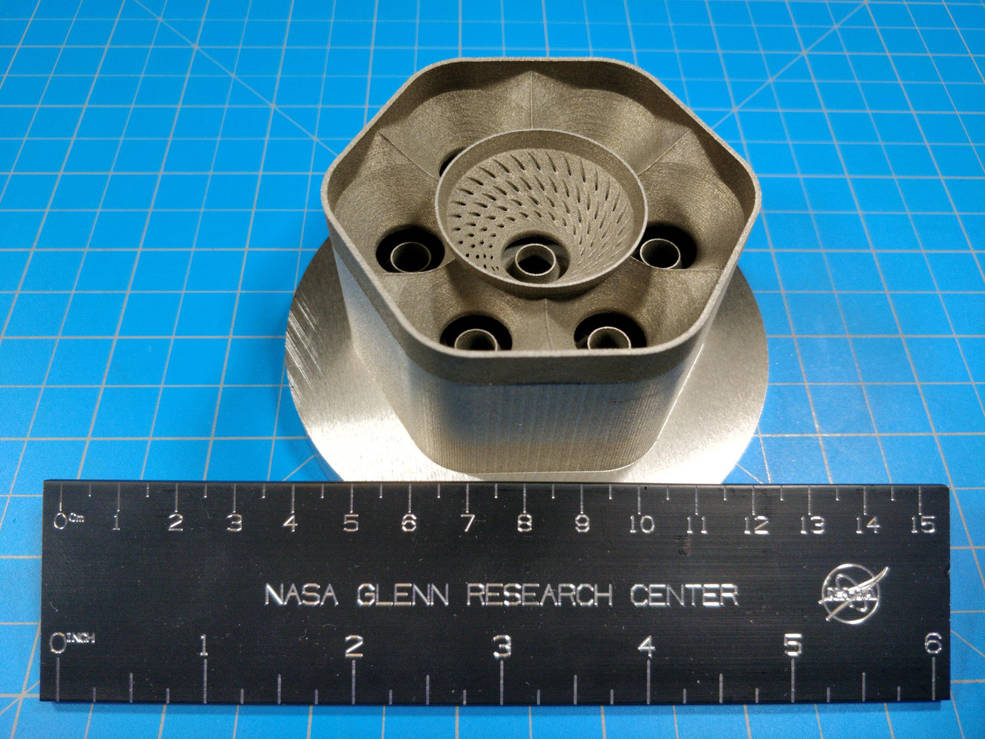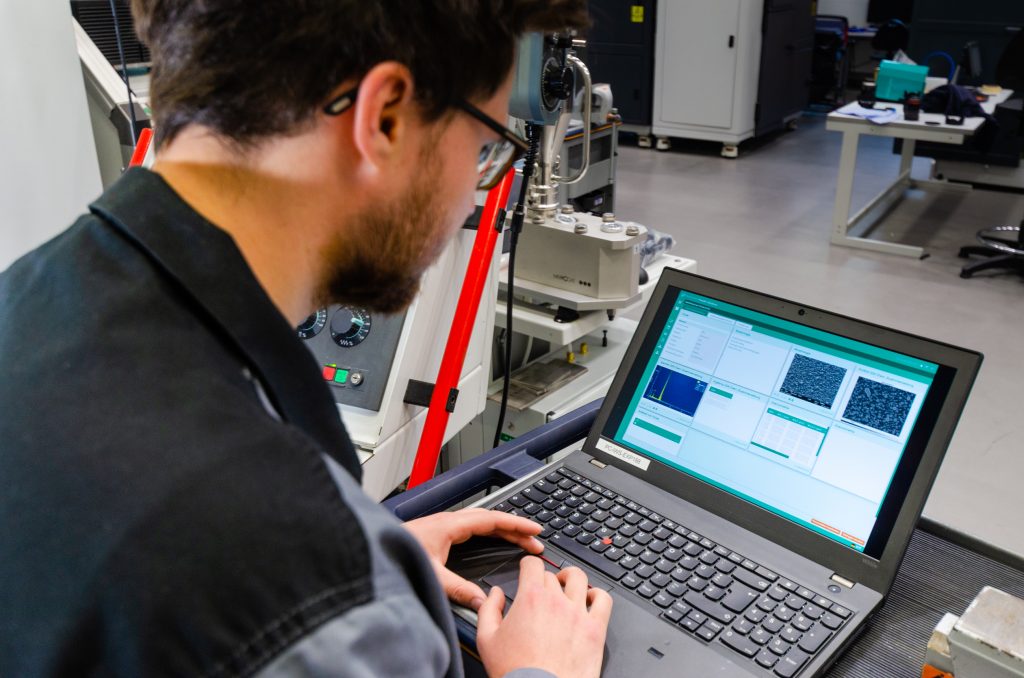3D Systems, a US-based provider of solutions for additive manufacturing, has announced the successful verification of properties for GRX-810, NASA‘s new laser powder bed fusion superalloy. This innovative oxide dispersion-strengthened alloy possesses exceptional mechanical properties and temperature resistance, making it ideal for aerospace applications.
The NASA-developed GRX-810 metal 3D printing material has the potential to revolutionize the aerospace industry. The superalloy’s oxide dispersion reinforcing mechanism affords it a combination of strength, ductility, creep life, and heat resistance that is unmatched. This makes GRX-810 an excellent material for critical components such as rocket engines, turbine blades, and exhaust nozzles.
3D Systems has effectively processed and tested the high-temperature mechanical properties of GRX-810 utilizing its Direct metal printing (DMP) additive manufacturing platform. This significant achievement demonstrates the material’s performance across a broad range of equipment and processing parameters and paves the way for its use in a vast array of aerospace components requiring superior performance compared to conventional nickel-based superalloys.
Dr. Michael Shepard, vice president of aerospace & defense segment at 3D Systems, stated, “The successful verification of the reported NASA GRX-810 properties is a testament to the incredible potential of this new super alloy, not only in its performance but in its capability to be produced repeatably.” Dr. Shepard explained that collaborating with NASA on this material emphasizes 3D Systems’ dedication to advancing the limits of additive manufacturing and facilitating the creation of cutting-edge aerospace components. “We are thrilled to be part of the early stages of this exciting development and look forward to unlocking new possibilities with GRX-810,” concluded the VP of aerospace and defense.
It is expected that GRX-810 will revolutionize sophisticated aerospace applications due to its superior performance and efficiency in comparison to existing materials. The successful verification of its properties by 3D Systems represents a major step toward the adoption of GRX-810 in critical aerospace components.

3D printing and superalloys
Previously we reported how researchers from UC Santa Barbara and Oak Ridge National Laboratory had developed a new defect-resistant Co-Ni superalloy for metal 3D printing that addresses the issue of cracking in high-temperature powder bed fusion technologies such as SLM and EBM. Led by Tresa Pollock, associate dean of the College of Engineering at UC Santa Barbara, the team believes the material has “tremendous promise” for advancing industrial 3D printing in high-stress applications, including critical aerospace engine components and chemical-contacting nuclear components. The superalloy maintains its integrity at 90% of its melting temperature and displays tensile strengths of around 1.1 GPa and an elongation at break greater than 13%. The crack-free printing capabilities of this new superalloy could revolutionize the manufacturing of high-performance components in aerospace and other industries.
Elsewhere, AI is in use for material discovery. In the futureAM Next Generation Additive Manufacturing project, a consortium of institutes within the Fraunhofer Society aims to accelerate metal 3D printing processes by a factor of ten. The Fraunhofer Institute for Material and Beam Technology IWS has been working on the materials discovery segment, developing a “recipe book” of parameters for processing challenging superalloys and combining multiple metals within a single part. Focusing on “Generative laser powder buildup welding,” a blown powder technology capable of high deposition rates, the team is working on intermetallic titanium aluminides and Ni-based high-temperature materials, which are valuable for the aerospace industry. The goal is to combine expensive and low-cost metals within the same part to create cost-effective high-temperature components.

To stay up to date with the latest 3D printing news, don’t forget to subscribe to the 3D Printing Industry newsletter or follow us on Twitter or liking our page on Facebook.
While you’re here, why not subscribe to our Youtube channel? featuring discussion, debriefs, video shorts and webinar replays.
Are you looking for a job in the additive manufacturing industry? Visit 3D Printing Jobs for a selection of roles in the industry.
Featured image shows a NASA 3D printed turbine engine combustor using GRX-810 alloy. Photo via NASA.



